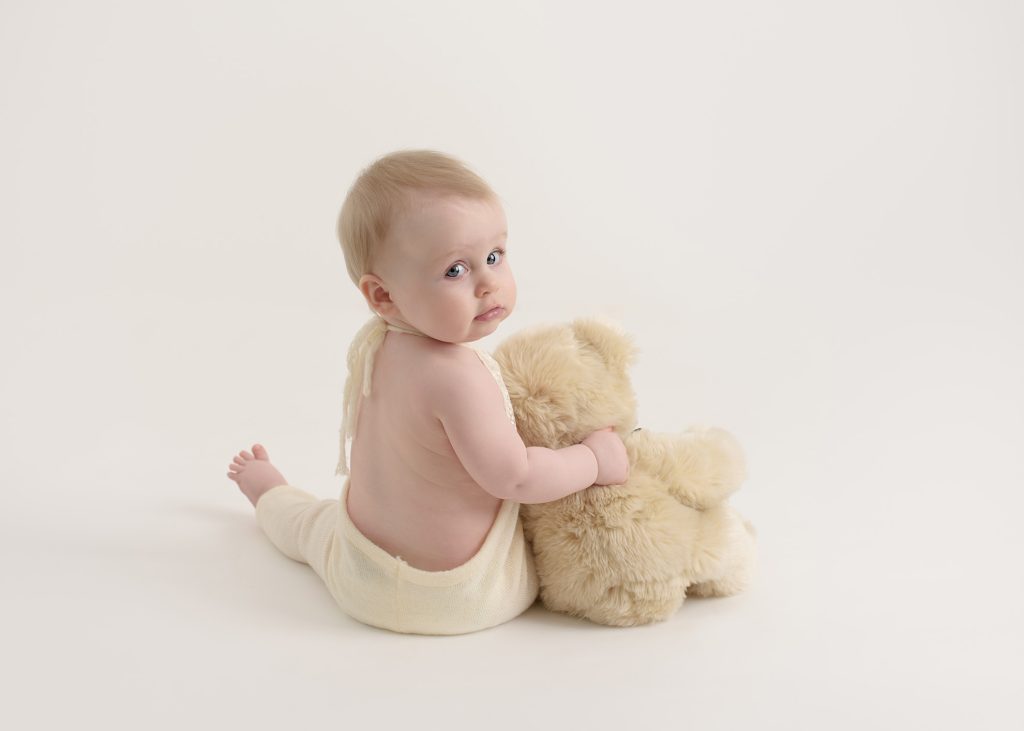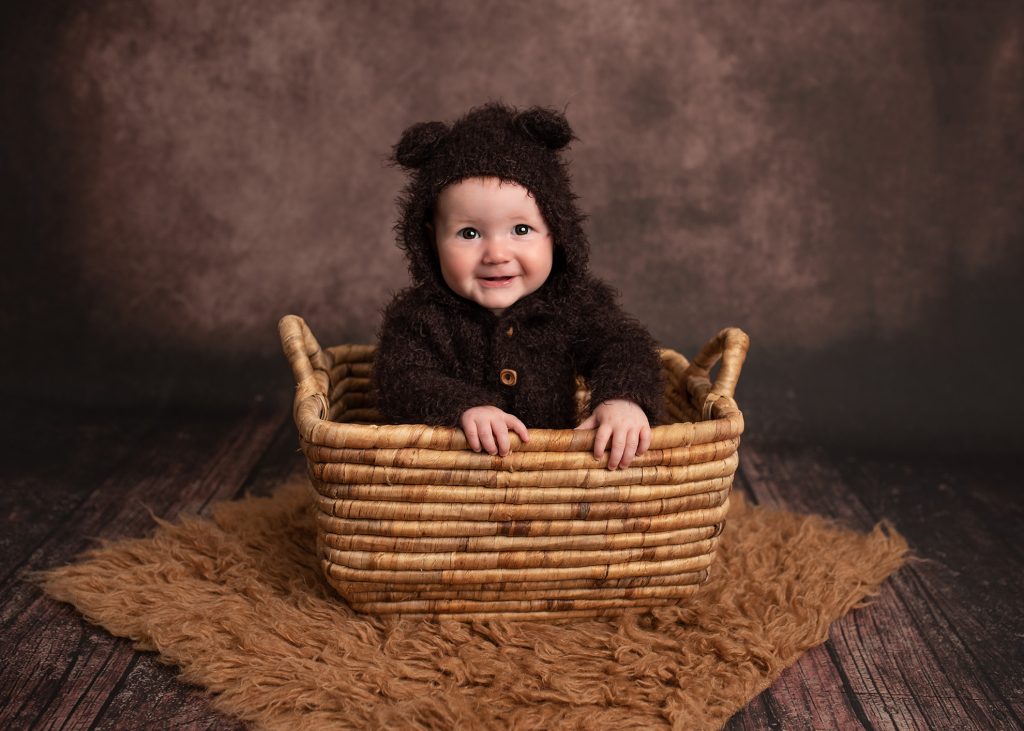Learning to calm a newborn might seem like cracking a secret code. It’s all about trying different things, having patience, and giving lots of love. Each baby is different, so what helps one baby might not help another. But all parents share the goal of wanting to comfort their baby.
This guide gives you tips and tricks to make soothing your baby easier. We’ll help you get to know what your baby needs and show you how to make them feel better. We’re with you on this beautiful but challenging ride.
Understanding Why Babies Cry
Figuring out why babies cry is like learning their unique way of talking. They’re telling us they need something—maybe they’re hungry, their diaper is full, or they just want a hug. Paying attention to these hints is how you calm them down. It’s more than just stopping the tears; it’s about giving them what they need to feel safe and cosy.
Sometimes, they’re upset because of a stomachache or because they need to sleep. Other times, they might be too warm or too cold. Listening to these signs makes it easier to take care of them the right way. Getting this right is vital because it helps your baby feel relaxed and safe, making everything around them nicer, one hug after another.
The Power of Swaddling
Swaddling has been a go-to for parents for ages, offering a simple yet effective way to calm newborns. Wrapping a baby tightly in a blanket gives tired parents a break, helping babies feel as snug and safe as they did in the womb. This not only quiets their sudden jerks but also leads to deeper sleep.
To get it right, spread out a blanket like a diamond, fold the top down for a flat edge, and lay the baby on it, making sure their head stays above the fold. Then, wrap each side around the baby, making sure they’re cosy but can still wiggle their hips. This tight hug comforts and secures them, making swaddling a crucial part of caring for a newborn.
The Soothing Sounds
Finding the right sounds to calm a baby might seem tricky, but it’s really about using simple, soothing noises. These aren’t just any sounds; they’re like a warm hug for your baby, reminding them of being safe and snug before they were born. Think of a heartbeat or soft breathing – these are the sounds that have always comforted them. Playing quiet music, humming gently, or even a whispered “shush” can make a huge difference.
The goal is to fill their world with peaceful sounds that keep the loud outside noises away. White noise machines are great for this, giving a steady, calm sound that helps babies fall asleep faster. But the most fantastic sound for a baby? Your voice. Singing softly, reading a story, or just talking about your day in a calm voice can soothe a baby like nothing else.

The Right Touch: Holding and Cuddling
Hugging and holding your baby does more than just keep them close; it’s like a magic trick for comfort. A warm cuddle can make your baby feel as safe as they did inside the womb. The right hold, whether it’s a cosy cradle, a shoulder snuggle, or a chest hug, can quiet a crying baby and bring you two closer.
It’s incredible how a slight change in how you hold them can switch crying into happy murmurs. The heat from your hug and your heartbeat’s calm beat make your baby feel loved and secure. Learning to cuddle your baby well is not just about calming them down; it’s about building quiet, loving moments together, talking in the quiet language of touch.
Movement: Rocking and Walking
Rocking a baby softly or walking around with them can quickly calm their cries. It’s like these gentle movements speak directly to them, making them feel safe and loved. Think of it as a cosy dance that reminds them of the warm, snug feeling from when they were in the womb. This connection deeply comforts them.
Walking, in particular, brings a calming rhythm that quiets even the fussiest babies. Holding them close, whether in your arms, a sling, or a pram, helps them feel secure and peaceful. Using these simple movements to calm your baby is not just effective; it’s a wonderful way to strengthen your bond, reassuring them with every gentle touch and movement.
Creating a Calming Environment
Making a quiet place is vital to calming a baby. A peaceful room helps them sleep better and cry less. Begin by turning down the lights to make it feel like the cosy darkness of the womb. Use soft, steady sounds like white noise or a gentle fan to keep sudden noises away. Make sure the room is just the right temperature, not too hot or cold—so your baby stays comfy without constantly being held.
Choose soft, simple bedding for a calm feel. A tidy room makes everything feel more peaceful, even if babies can’t see the mess. By paying attention to these details, parents can create a soothing space that really helps settle their baby.
Feeding and Burping Techniques
Getting good at feeding and burping your baby is critical to keeping them calm. Noticing when they’re hungry before they start to cry can be a game-changer. Feeding them isn’t just about the food; it’s also how they find comfort. But remember, it’s often a burp that really helps them feel better by getting rid of any air they’ve swallowed.
Just a soft pat or rub on their back while feeding and after can make a big difference, stopping any belly aches and irritability. Since every baby is different, paying attention to their signals is crucial.
Conclusion
Learning to calm a newborn might seem like solving a mystery, needing patience, and trying different things until something clicks. Every baby is different; what calms one may not work for another. This adventure of figuring it out through trial and error helps you bond deeply. It’s not just about stopping the crying but understanding and meeting their real needs.
Maybe it’s wrapping them snugly, singing softly, or gently rocking them that works. The key is to keep trying, support each other, and trust you’ll get the hang of soothing your baby before you know it.



